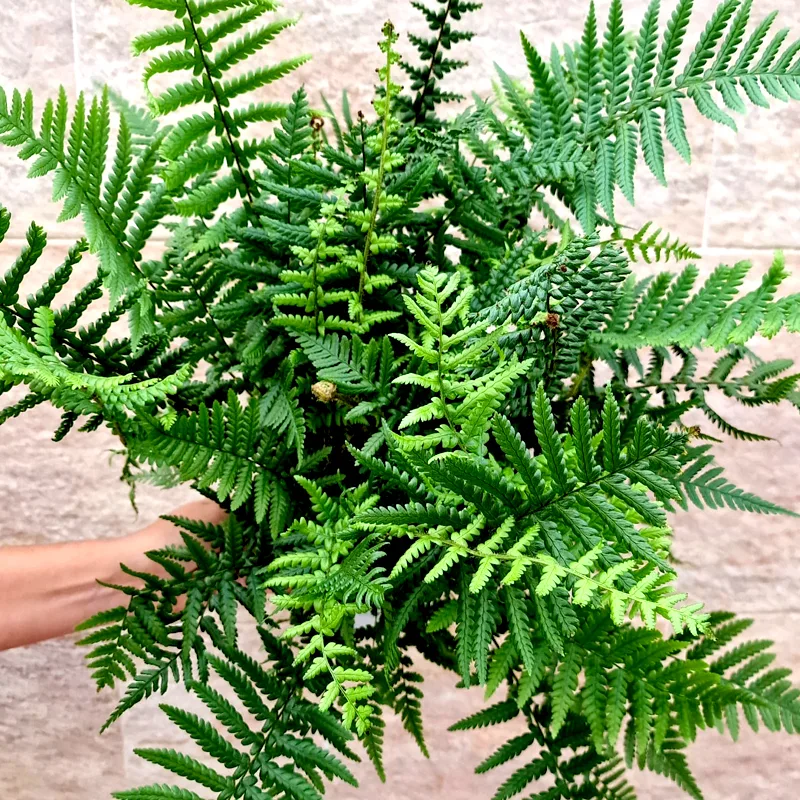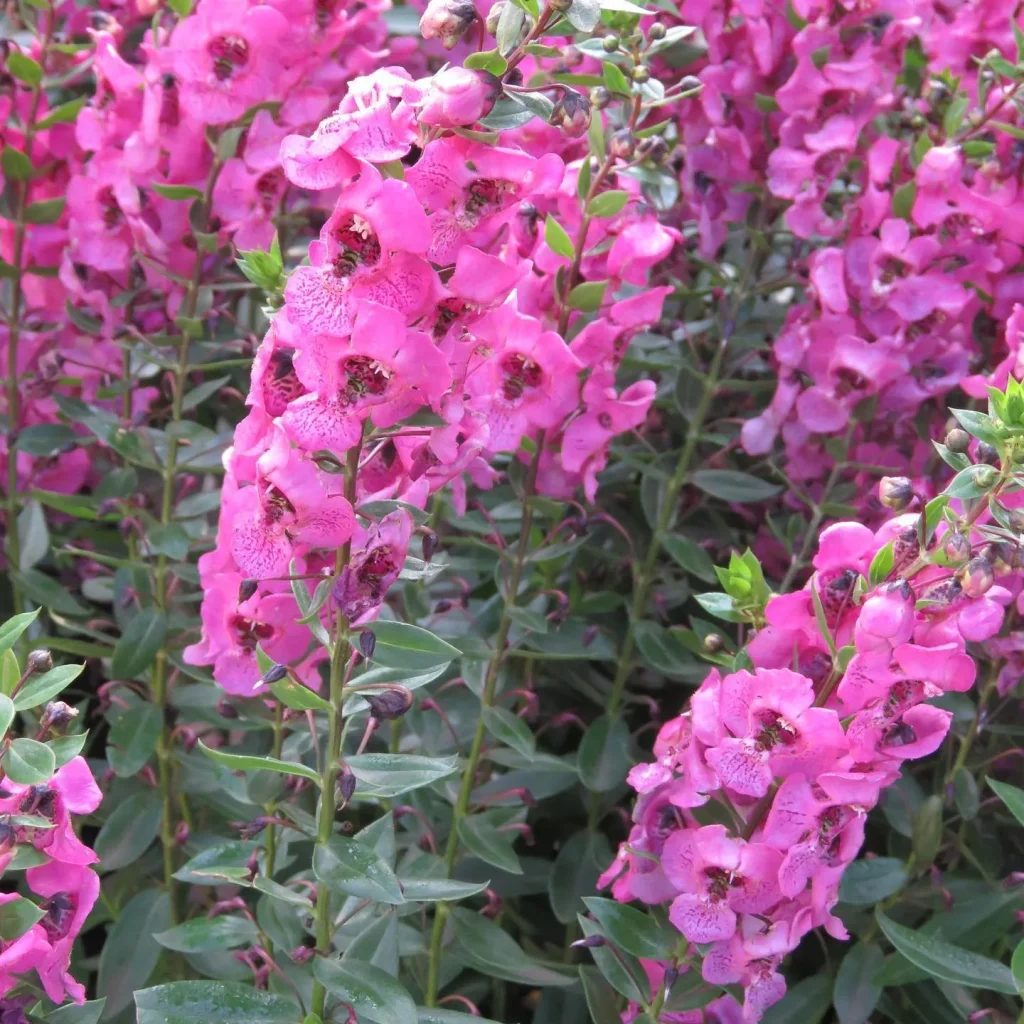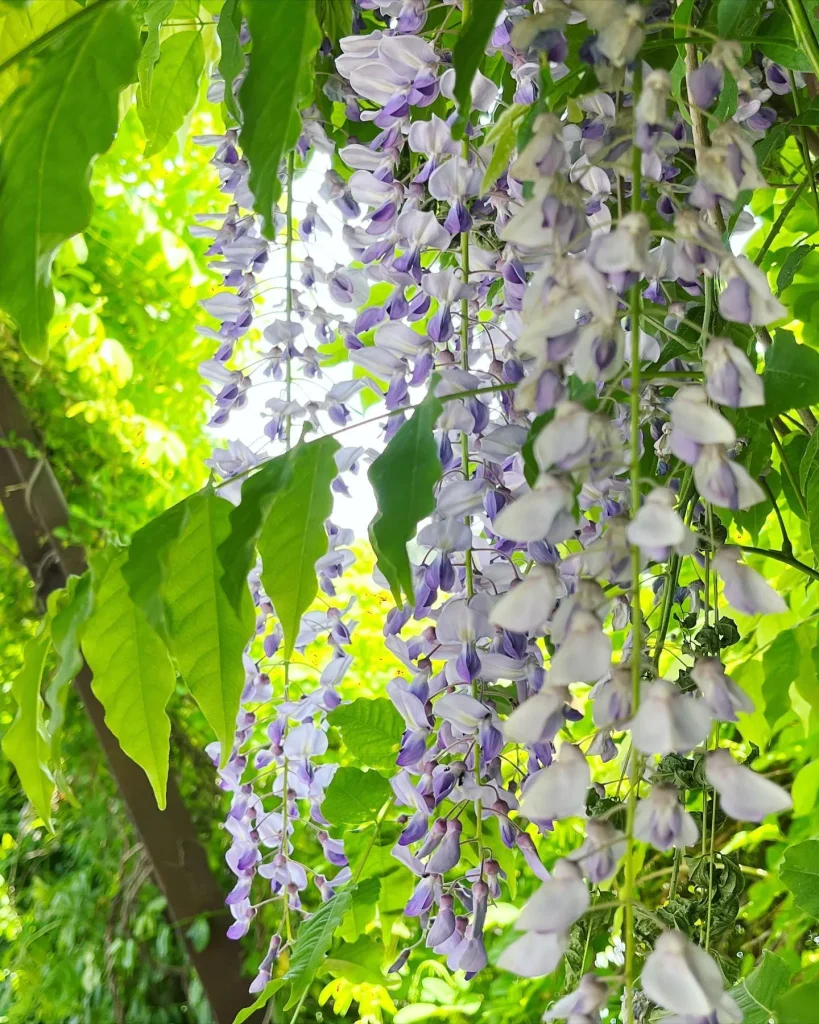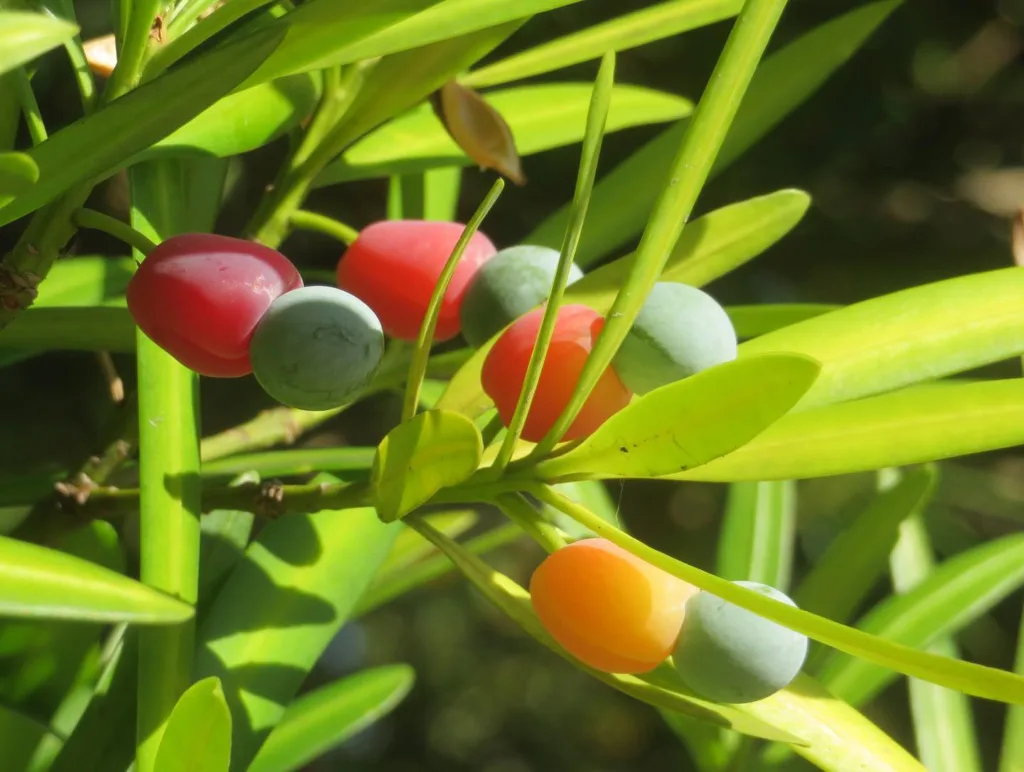Exploring the Curtisiaceae Family and Curtisia dentata
The world of botany has always been a fascinating journey for me. Every family, genus, and species tells its unique story. Among the lesser-known but captivating families in the plant kingdom is the Curtisiaceae, a small yet significant group. This family comprises a single genus, Curtisia, which, in turn, has only one species: the remarkable Curtisia dentata, often referred to as the Assegai tree. Let me take you through what I’ve discovered about this fascinating plant family and species.
The Singular Curtisiaceae Family
Curtisiaceae stands out in the plant world because it is monotypic, meaning it contains only one genus, Curtisia. This uniqueness caught my attention immediately. It’s rare to find such specificity in a plant family.
This family belongs to the order Cornales, which also includes dogwoods and hydrangeas. While many Cornales families boast several genera and species, Curtisiaceae is distinct. Its simplicity and evolutionary niche make it a curious study.
What struck me most is how Curtisiaceae thrives in its native habitats. Found predominantly in southern Africa, this family is perfectly adapted to its ecological surroundings. The lone representative of this family, Curtisia dentata, has carved out a niche that’s both ecologically vital and culturally significant.
The Majestic Curtisia dentata
Known locally as the Assegai tree, Curtisia dentata is an evergreen tree that can grow up to 15 meters tall. Its broad, glossy leaves shimmer in sunlight, creating a dense, green canopy that is both beautiful and functional.
This species thrives in the Afromontane forests of southern Africa. These forests are rich in biodiversity, and Curtisia dentata plays a vital role in maintaining this balance. The tree is well-suited to the cool, moist environments of these high-altitude forests, making it a key part of the region’s ecosystem.
Its wood is one of the most notable features of Curtisia dentata. Dense, hard, and fine-grained, it has been highly sought after for centuries. In fact, the tree’s common name, “Assegai,” comes from its historical use in crafting assegai spears by indigenous African communities.
Ecological Significance
One thing I’ve learned about Curtisia dentata is its critical role in its habitat. As a canopy tree, it provides shade, stabilizes soil, and offers shelter to countless species of birds, insects, and mammals.
Its berries, small and reddish-purple, are a food source for birds and other wildlife. While its flowers are not particularly showy, they attract pollinators, contributing to the biodiversity of the Afromontane forest ecosystem.
Interestingly, the tree also has medicinal properties. Traditional healers use its bark for treating ailments like stomach issues and diarrhea. This highlights how Curtisia dentata bridges ecological and cultural significance.
Challenges in Conservation
Curtisia dentata faces challenges despite its importance. The demand for its durable wood has led to overharvesting in some areas. This exploitation, coupled with habitat loss due to deforestation, has made the species vulnerable in parts of its range.
Conservation efforts are in place to protect this species. Sustainable harvesting practices and reforestation initiatives aim to preserve its population. These efforts are critical, as losing Curtisia dentata would mean losing not just a tree but a vital ecological and cultural cornerstone of the region.
Personal Reflections
As someone deeply invested in the natural world, I find Curtisia dentata inspiring. It’s a reminder of how even a single species can hold so much value. Its story underscores the interconnectedness of ecosystems and cultures.
The tree’s resilience and adaptability are lessons in survival. It thrives despite challenges, standing tall as a symbol of strength and sustainability. For me, Curtisia dentata represents the delicate balance of nature—how one species can impact an entire ecosystem and even human traditions.
Conclusion
Curtisiaceae and its sole species, Curtisia dentata, may not be as famous as other plant families, but their importance is undeniable. The Assegai tree teaches us about biodiversity, sustainability, and the profound connection between humans and nature.
Exploring this family and species has deepened my appreciation for the hidden gems of the plant world. The more I learn, the more I realize that every tree, every leaf, every species has a story waiting to be told—and Curtisia dentata’s story is one of resilience, beauty, and legacy.
If i die, water my plants!



